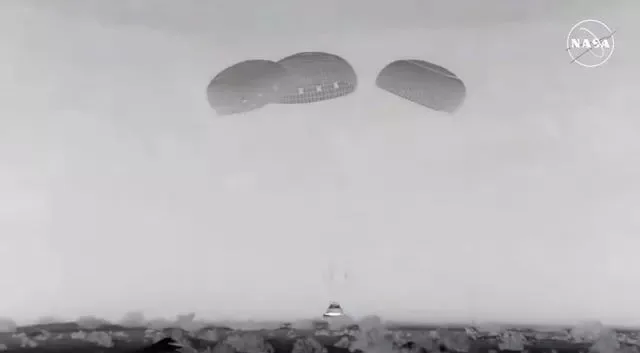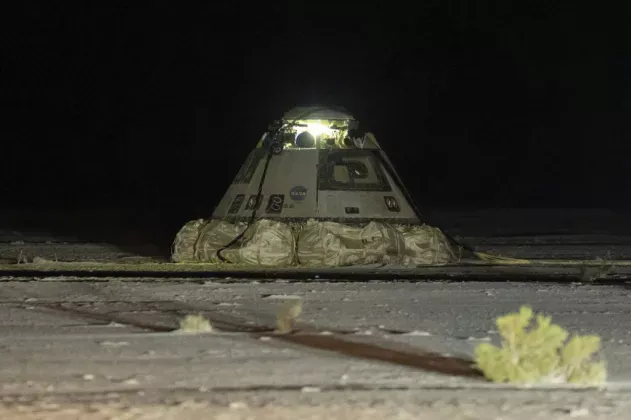Boeing’s ambitious venture into astronaut transportation faced a setback as their Starliner capsule touched down on Earth without its intended crew, highlighting ongoing safety concerns. The capsule’s landing on Friday night at New Mexico’s White Sands Missile Range marked a subdued end to what was originally envisioned as a triumphant first astronaut mission for Boeing.
The journey began with a launch in June, which soon turned into a saga filled with technical difficulties, including thruster failures and helium leaks. This led NASA to decide against allowing astronauts Butch Wilmore and Suni Williams to return in the capsule, citing safety risks. Instead, they will remain in space until a SpaceX flight can retrieve them next year.

Throughout the mission, Boeing’s Starliner was plagued by issues. The capsule, designed to automate transport to and from the International Space Station (ISS), faced a critical moment when it had to undock and return without its crew. Despite the challenges, Starliner managed a precise landing, referred to as a “bull’s-eye” by NASA’s commercial crew program manager, Steve Stich.
Although the capsule returned safely, the mission was far from the success Boeing had hoped for. The company, along with NASA, will now have to reassess the future of Starliner, considering the tight schedule to establish reliable astronaut transport before the planned decommissioning of the ISS in 2030.
The ongoing partnership with SpaceX, who will conduct their 10th crewed flight for NASA later this month, underscores the competitive and collaborative landscape of commercial space travel. As NASA aims to maintain two providers for crew transport, the pressure mounts for Boeing to resolve its technical issues to stay competitive.
